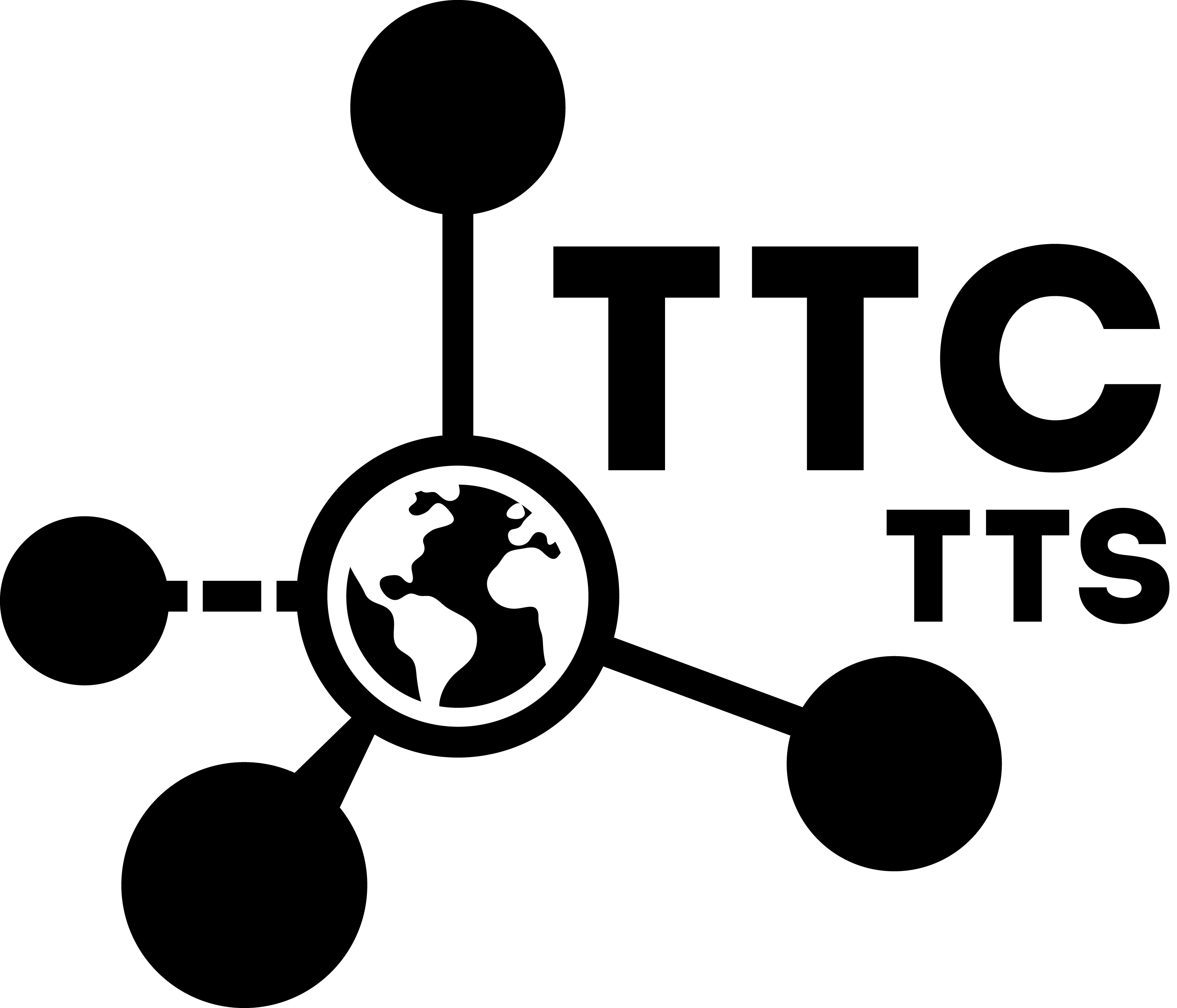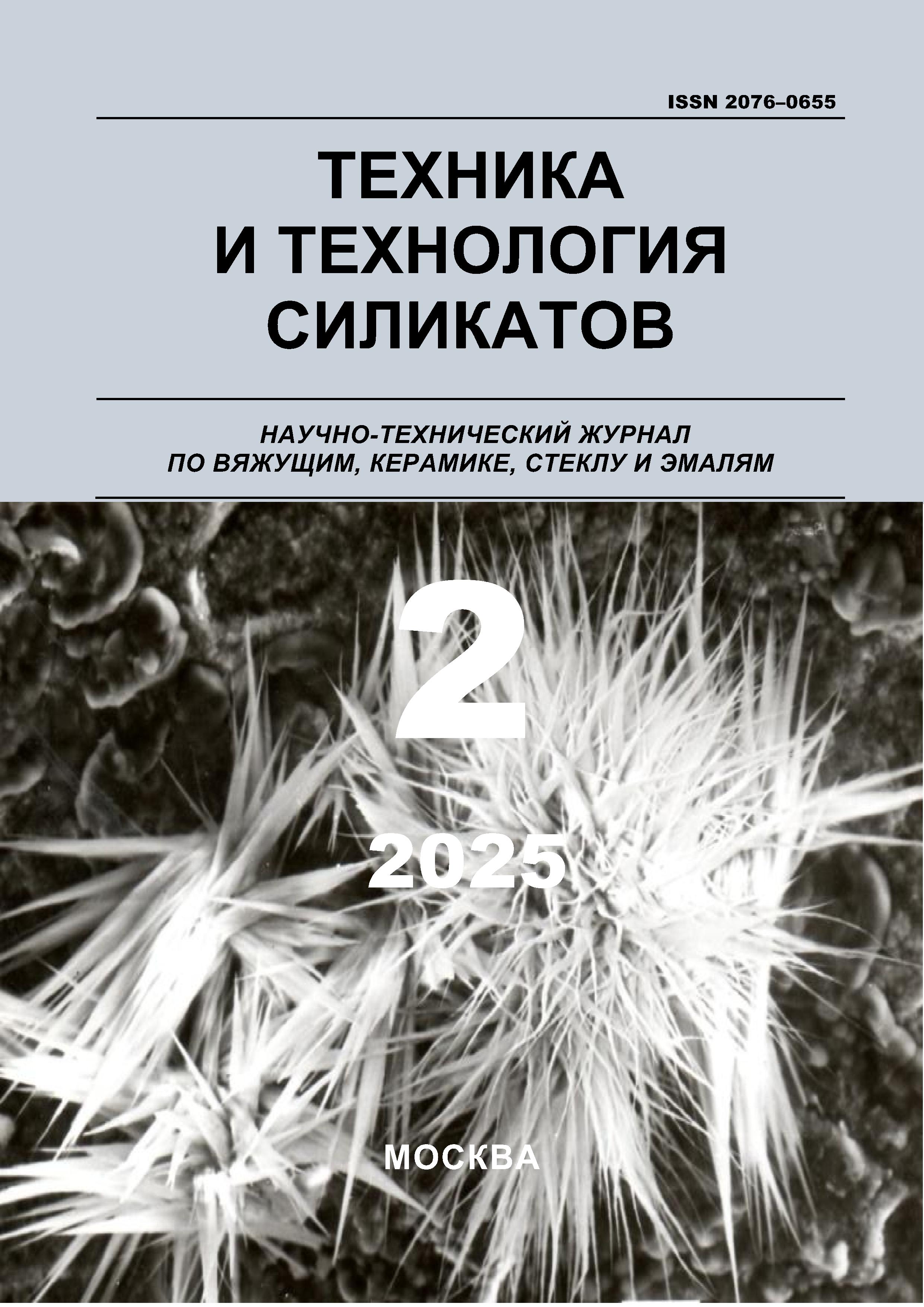graduate student from 01.01.2021 to 01.01.2025
Kazan, Kazan, Russian Federation
employee
Kazan, Kazan, Russian Federation
employee
Kazan, Kazan, Russian Federation
student
Kazan, Kazan, Russian Federation
UDC 666.94-16
CSCSTI 67.09
Russian Classification of Professions by Education 08.06.01
Russian Library and Bibliographic Classification 383
The type and properties of cement are key factors in the development of high-strength and ultra-high-strength concretes (B80-B150 and higher). The most promising type is low water demand cement (LWDC), which surpasses all industrial ce-ments in technological, strength, environmental and economic indicators due to high dispersion and the effect of low water demand. The article presents the results of the development of high-strength LWDC intended for obtaining high-performance fine-grained concretes of a new generation. The state of the art in terms of the relevance of the research topic is studied. Experimental dependencies of normal consistency and mobility, strength of cement stone and activity of LWDC-100 (100% Portland cement content) with a specific surface area from 5000 cm2/g to 9500 cm2/g obtained by joint grinding of standard cements CEM I 42.5N and CEM 0 52.5N with different contents of the superplasticizer "Polyplast PC" (type R) are obtained. Optimum compositions of LWDC-100 on these cements achieve compressive strength of cement stone of 212 and 231 MPa, respectively, and activity (strength of cement-sand mortar) – 93 and 112 MPa with a specific surface of 7300 cm2/g and 6600 cm2/g. This allows them to be recommended for obtaining high-strength and ultra-high-strength concretes.
high-strength concrete, UHPC, low water demand cements, LWDC-100, cement stone, normal consistency, strength
1. Horst G., Joerg R. Self-compacting concrete – another stage in the development of the 5-component system of concrete // Bet-ontechnische Berichte (Concrete Technology Reports), Verein Deutscher Zementwerke. Dusseldorf. – 2001. – Pp. 39–48.
2. Kalashnikov V. I. Evolyuciya razvitiya sostavov i izmene-nie prochnosti betonov. Betony nastoyaschego i buduschego. Chast' 1. Izmenenie sostavov i prochnosti betonov // Stroi-tel'nye materialy. – 2016. № 1-2. – S. 96-103. EDN VPWHMH.
3. Divahar Ravi, K. Naveen Kumar, Sangeetha S.P (2024). Char-acterization and Development of High-Strength and High-Performance Concrete Incorporating Mineral and Chemical Ad-mixtures - A Review // E3S Web of Conferences. 596. – 2024. – P. 12. DOI:https://doi.org/10.1051/e3sconf/202459601014
4. Wang D., Shi C., Wu L. Research and Applications of Ultra-High Performance Concrete (UHPC) in China [J] // Bull. Chi-nese Cer Amic Soc. – 2016. – № 35(1). – Pp. 141–149.
5. Marvila M.T., de Azevedo A.R.G., de Matos P.R., Monteiro S.N., Vieira C.M.F. Materials for Production of High and Ultra-High Performance Concrete: Review and Perspective of Possible Novel Materials // Materials. – 2021. – №14, 4304. – P. 36. DOI:https://doi.org/10.3390/ma14154304.
6. Chatterdzhi A. K. Sverhvysokokachestvennyy beton: perehod ot issledovaniy k primeneniyu // Cement i ego primenenie. – 2023. – № 3. – S. 22-26. EDN TXGZVJ.
7. ElHawary Y., Hamdy M., Haroun J., Youssef O., Breakah T., Nagib M. Producing 100+ MPa Field Concrete in Developing Countries: Requirements and Challenges // Journal of Building Materials and Structures. – 2024. – №11 (2). – Pp. 158-167. DOI:https://doi.org/10.34118/jbms.v11i2.4083.
8. Ahverdov I. N. Osnovy fiziki betona. – M.: Stroyizdat, 1981. – 464 s. il.
9. Rahimov R. Z., Rahimova N. R. Mineral'nye vyazhuschie vesche-stva i ekologiya // Fundamental'nye, poiskovye i priklad-nye issledovaniya RAASN po nauchnomu obespecheniyu razvi-tiya arhitektury, gradostroitel'stva i stroitel'noy otrasli Rossiyskoy Federacii v 2021 godu : Sbornik nauchnyh trudov RAASN / Rossiyskaya akademiya arhitektu-ry i stroitel'nyh nauk. – Tom 2. – M.: Izdatel'stvo ASV, 2022. – S. 364-367. EDN BYBGGY.
10. Ermilova E. Yu., Kamalova Z. A. Vliyanie kompleksnyh dobavok na prochnostnye svoystva kompozicionnogo port-landcementa // Stroitel'nye konstrukcii, zdaniya i so-oruzheniya. – 2024. – № 4(9). – S. 46-53. EDN LJTIWJ.
11. Rahimova N. R., Sabirov I. R. Perspektivy i vozmozhno-sti primeneniya bentonitovyh glin dlya polucheniya nizko-emissionnyh portlandcementov // Izvestiya vysshih ucheb-nyh zavedeniy. Stroitel'stvo. – 2023. – № 9(777). – S. 20-35. DOI:https://doi.org/10.32683/0536-1052-2023-777-9-20-35. EDN WPIJBH.
12. Hansted F. A. S., Zuliani Mantegazini D., Ribeiro T., Cardoso Goncalves C., Balestieri J. A mini-review on the use of waste in the production of sustainable Portland cement composites // Waste Management & Research: The Journal for a Sustainable Circular Economy. – 2022. – № 41(4):0734242X2211352. – Pp. 828-838. DOI:https://doi.org/10.1177/0734242X221135246.
13. Tokarskiy A. Ya., Egorov V. N., Ganzen E. V., Kuz'mina T. K., Nesvetaylo V. M. Vysokoprochnyy cement i ego primenenie pri vozvedenii monolitnyh zhelezobetonnyh konstrukciy // Stroitel'noe proizvodstvo. – 2023. – № 1. – S. 60-64. DOI:https://doi.org/10.54950/26585340_2023_1_60. EDN PRYAFZ.
14. Hohryakov O. V. Kompozicionnye cementy nizkoy vodo-potrebnosti. Vozmozhnosti i perspektivy primeneniya v stroitel'nyh materialah // Stroitel'nye materialy. – 2022. – № 1-2. – S. 123-133. DOIhttps://doi.org/10.31659/0585-430X-2022-799-1-2-123-133. EDN KCHDGH.
15. Batrakov V. G., Bashlykov N. F., Babaev Sh. T., Serdyuk V. N., Falikman V. R., Nesvetaylo V. M. Betony na vyazhuschih nizkoy vodopotrebnosti // Beton i zhelezobeton. – 1988. – № 11. – S. 4-6. EDN XYIQHJ.
16. Hozin V. G., Hohryakov O. V., Sibgatullin I.R. «Karbo-natnye» cementy nizkoy vodopotrebnosti. – M.: Izdatel'-stvo ASV, 2021. – 366 s. ISBN 978-5-4323-0405-6. EDN DYVENO.
17. Yudovich B. E., Zubehin S. A., Falikman V. R., Bashlykov N. F. Cement nizkoy vodopotrebnosti: novye rezul'taty i perspektivy // Cement i ego primenenie. – 2006. – № 4. – S. 81-85. EDN HUZJXF.
18. Yudovich B. E., Zubehin S. A. Cementy s nizkoy vodopo-trebnost'yu i portlandcement s plotnoy kontaktnoy zonoy // ALITinform: Cement. Beton. Suhie smesi. – 2010. – № 3(15). – S. 48-56. EDN OOGJZL.
19. Kalashnikov V. I. Koncepciya strategicheskogo razvitiya plastificirovannyh poroshkovo-aktivirovannyh betonov novogo pokoleniya // BST: Byulleten' stroitel'noy tehni-ki. – 2016. – № 12(988). – S. 48-52. EDN WZEXWN.
20. Kalashnikov V. I., Tarakanov O. V. O primenenii kom-pleksnyh dobavok v betonah novogo pokoleniya // Stroi-tel'nye materialy. – 2017. – № 1-2. – S. 62-67. EDN XXIHSZ.
21. Prihodov D. A., Baranov V. N., Nikiforova E. M., Gil'-manshina T. R. Issledovanie vliyaniya aktivirovaniya port-landcementa na fiziko-mehanicheskie svoystva betona // Fundamental'nye issledovaniya. – 2016. – № 11-5. – S. 938-943. EDN XSDHIF.
22. Krasovskiy P.S. Fiziko-himicheskie osnovy formirova-niya struktury cementnyh betonov: ucheb. posobie. – Haba-rovsk: Izd-vo DVGUPS, 2013. – 204 s.: il.
23. Anawkar Shraddha, Guptha DrK.G. Optimization of cement quantity through the engineering of particle size distribution – a sustainable approach // Results in Materials. – 2023. – № 19(12):100408. – P.10. DOI:https://doi.org/10.1016/j.rinma.2023.100408.
24. Kim D. Effect of Adjusting for Particle-Size Distribution of Cement on Strength Development of Concrete // Adv. Mater. Sci. Eng. – 2018. – № 1-6. – P. 6. DOIhttps://doi.org/10.1155/2018/1763524.
25. Ehikhuenmen S., Igba T., Busari A.O., Oyebisi S.O. The in-fluence of cement fineness on the structural characteristics of normal concrete // IOP Conf. Ser. Mater. Sci. Eng. – 2019. – № 640. – Pp. 12-43. DOIhttps://doi.org/10.1088/1757-899X/640/1/012043
26. Yu Ch., Zhang Y., Li Z. Study on the particle size distribu-tion characteristics and cementitious activity of different fine-ness components in cement // IOP Conference Series: Earth and Environmental Science. – 2021. – № 768(1):012095. – P. 5. DOI:https://doi.org/10.1088/1755-1315/768/1/012095.
27. Gulyakov E. G., Hozin V. G., Borovskih I. V., Ganeeva Yu. M. Vliyanie superplastifikatorov na razmolosposobnost' portlandcementa pri poluchenii cementov nizkoy vodopo-trebnosti // Izvestiya Kazanskogo gosudarstvennogo arhi-tekturno-stroitel'nogo universiteta. – 2024. – № 2(68). – S. 77-91. DOI:https://doi.org/10.48612/NewsKSUAE/68.7. EDN GINAGZ.
28. Hohryakov O. V., Hamatova A. R. Ocenka effektivnosti dobavki na osnove cementa nizkoy vodopotrebnosti dlya portlandcementa // Vestnik Tehnologicheskogo universite-ta. – 2015. – T. 18, № 15. – S. 113-115. EDN ULRPFB.
29. Garkavi M. S., Artamonov A. V., Kolodezhnaya E. V., Pur-sheva A. V., Ahmetzyanova M. A., Hudovekova E. A. Cementy nizkoy vodopotrebnosti centrobezhno-udarnogo pomola // Stroitel'nye materialy. – 2019. – № 1-2. – S. 23-27. DOI:https://doi.org/10.31659/0585-430X-2019-767-1-2-23-27. EDN YYFQXB.
30. Hozin V. G., Hohryakov O. V., Nizamov R. K., Kashapov R. R., Baishev D. I. Opyt nanomodifikacii cementov nizkoy vodo-potrebnosti // Promyshlennoe i grazhdanskoe stroitel'-stvo. – 2018. – № 1. – S. 53-57. EDN YLSUVN.









